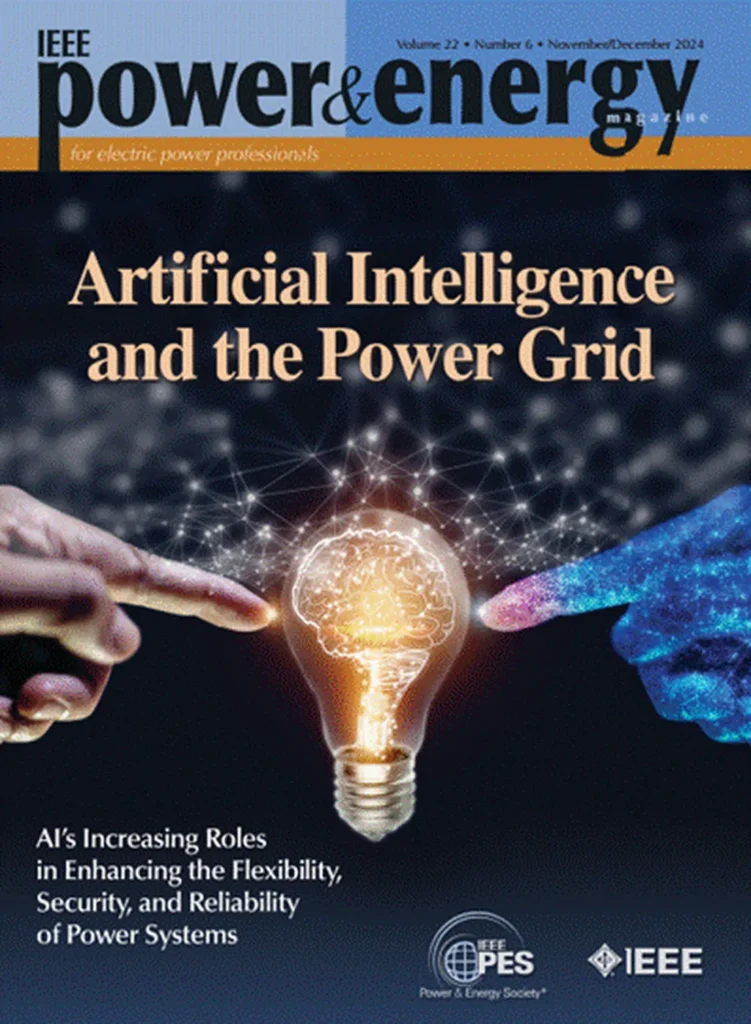In the quest for safer and more efficient power grids, a team of researchers led by Zhihao Wei from Chongqing Normal University has made a significant stride. Their work, recently published in the English-language journal “IEEE Access,” focuses on enhancing the detection of defects in power insulators, a critical component of transmission lines. The study introduces an improved target detection model based on YOLOv10n, a cutting-edge deep learning algorithm, which promises to revolutionize how we monitor and maintain power infrastructure.
Power insulators are the unsung heroes of our electrical grid, ensuring that electricity flows smoothly from power plants to our homes and businesses. However, they are susceptible to defects such as cracks and fouling, which can compromise their performance and pose safety risks. Traditional manual inspection methods are time-consuming and labor-intensive, while conventional image processing techniques often fall short due to environmental interferences.
“We aimed to address these challenges by leveraging the power of deep learning,” explains Wei. “Our goal was to develop a model that could accurately detect small target defects under complex backgrounds, even in long-distance shooting scenarios.”
The researchers integrated a spatial channel attention mechanism (SEAttention) and an up-sampling expansion operation (Patch Expanding) into the Neck part of the YOLOv10n model. This integration allows the model to compress spatial information of the channels through global average pooling and adaptively weight the feature map after learning the channel weights. “This process strengthens key channel features and suppresses noise, significantly enhancing the model’s ability to detect multi-scale defects,” Wei adds.
One of the most innovative aspects of this research is the replacement of the Concat module in the Neck with a two-way weighted feature fusion mechanism. This mechanism constructs a top-down and bottom-up two-way information flow, reducing the loss of cross-layer information and improving the model’s ability to detect defects of various sizes.
The researchers also integrated a channel-space dual attention mechanism (CBAM) into the C2f module. This mechanism computes channel weights using global average pooling and maximum pooling in parallel, combined with spatial attention features extracted by convolution. “This allows the model to accurately focus on defect-related channels and spatial regions,” Wei explains.
The results speak for themselves. The improved model achieved an mAP@50 of 94.2%, a 2.4% improvement over the baseline model YOLOv10n, and outperformed mainstream algorithms like YOLOv5 and YOLOv8n.
The implications for the energy sector are profound. This advanced defect detection model could significantly enhance the safety and efficiency of power grids, reducing the risk of outages and improving overall performance. As we move towards a future powered by renewable energy, the need for robust and reliable power infrastructure becomes ever more critical. This research is a significant step in that direction.
“We believe our model could be a game-changer for the energy sector,” Wei concludes. “It’s not just about improving detection rates; it’s about ensuring the safety and reliability of our power grids, which are the lifeblood of our modern society.”
As the world continues to grapple with the challenges of climate change and the transition to renewable energy, innovations like this one will be crucial in building a more sustainable and resilient energy future. This research, published in the esteemed “IEEE Access” journal, is a testament to the power of interdisciplinary collaboration and the potential of deep learning to transform our world.

